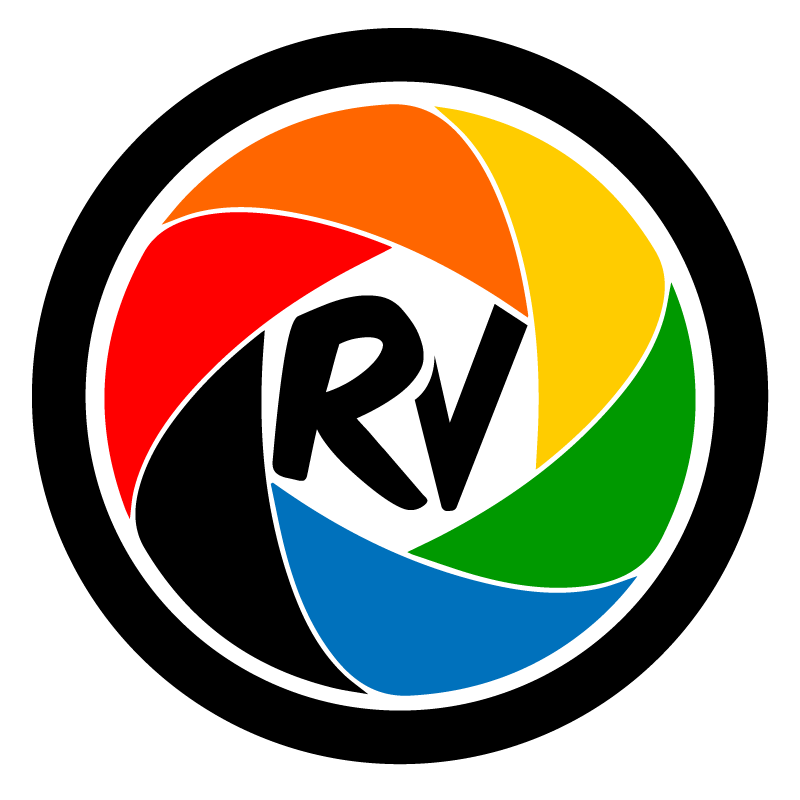This might just be one of the most debated subjects of all time. I’d like to dig into the stigma, take a deep dive into the rabbit hole, and uncover the unfortunate truth for some. So, let’s embark on this journey of discovery.
I can’t recall when I first stumbled upon the realization that this topic was even up for debate. I had always believed there was only one way – the RAW way. However, I do distinctly remember the moment when I discovered that shooting in JPEG was a viable option as well.
For those who’ve dabbled in film or celluloid photography, this concept might resonate more easily. But for those still struggling to grasp the essence of the matter, allow me to unravel some essential insights that could help resolve the RAW vs. JPEG dilemma.
To shed light on this discussion, I’ll be summarizing an article published by Adobe – an endeavor that, if you find the time to read, promises to be an investment well worth your while.
Unleashing Creative Freedom: The Power of RAW Image Capture
The choice between saving photos as JPEGs or raw files in digital photography has far-reaching implications for the processing and creative potential of your images. The concept of shooting in raw format, wherein the unprocessed data is retained, unlocks a realm of possibilities that transcends the limitations of JPEGs. This becomes evident in the editing process, especially through platforms like Adobe Photoshop Lightroom.
Understanding RAW Files: Ingredients of Customization
When a digital camera captures an image, it records raw data – the unprocessed foundation of the photograph. Opting for the raw format preserves this data, allowing for greater tonal and color richness. The analogy of cooking ingredients versus a pre-cooked meal illustrates this distinction: raw files provide the raw materials for customization, while JPEGs come pre-processed, offering fewer options for modification.
Empowering Creativity Through RAW Processing
While JPEGs emerge from the camera with predefined adjustments, raw files shift the power of processing to the photographer. The malleability of raw files is exemplified in their post-processing flexibility. Adobe Lightroom and similar tools enable photographers to modify their images at any point, granting unparalleled control over the final outcome. This creative liberty, coupled with the capacity to salvage detail from overexposed highlights and underexposed shadows, defines the core advantages of opting for raw image capture.
In the realm of digital photography, the decision between raw and JPEG is not merely a technical one; it’s a choice that impacts the very essence of your artistic expression. While JPEGs provide instant results, shooting in raw format empowers photographers to sculpt their images according to their unique vision, epitomizing the art of digital photography.
What do you really want?
If you’re aiming for impeccable image fidelity during the editing process, it’s crucial to properly expose your subjects and ensure that your white balance aligns with the surrounding environment and lighting conditions where the photo is being captured.
On the other hand, if you prioritize a streamlined workflow, minimal post-processing, and readiness for mass production, then JPEG emerges as the optimal choice.
In summary, the sad truth we encounter is that a definitive answer will forever elude us. However, in the present day, there’s really no reason not to shoot in both formats. As we weigh the merits of RAW versus JPEG, the contest culminates in a tie.


